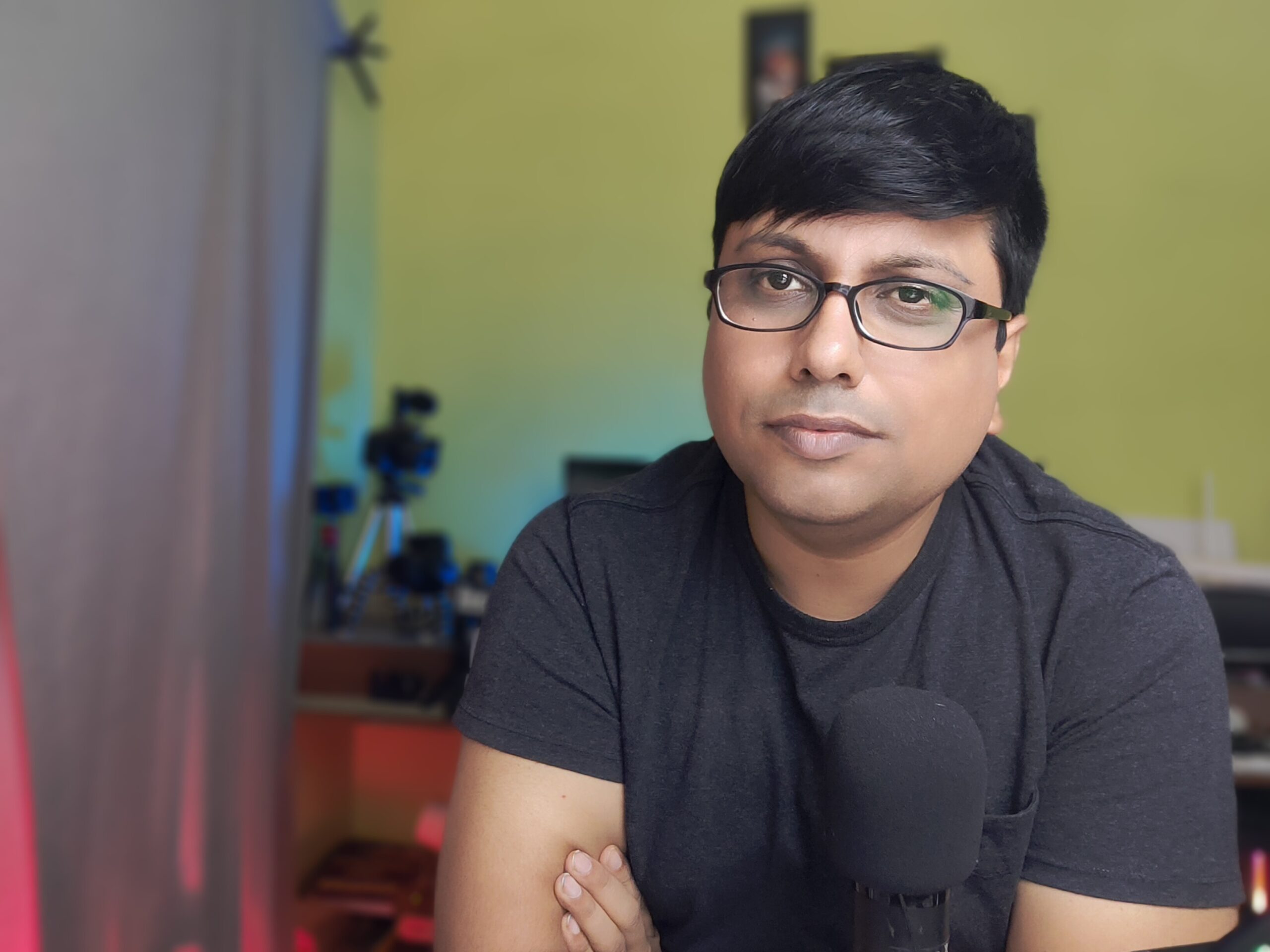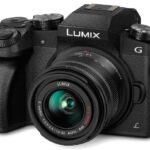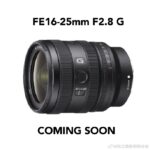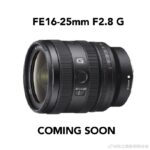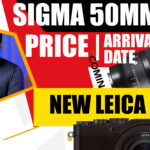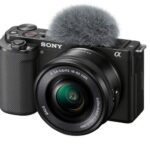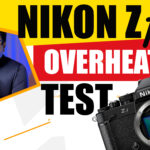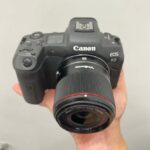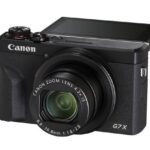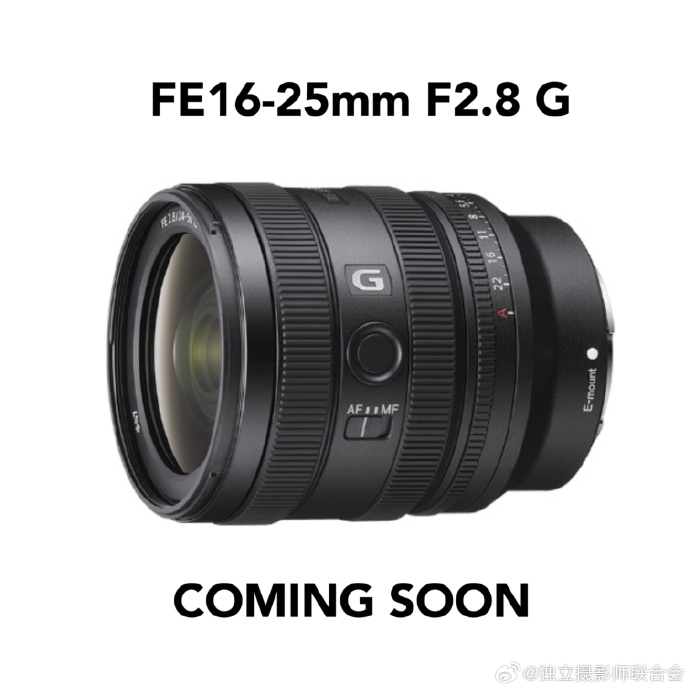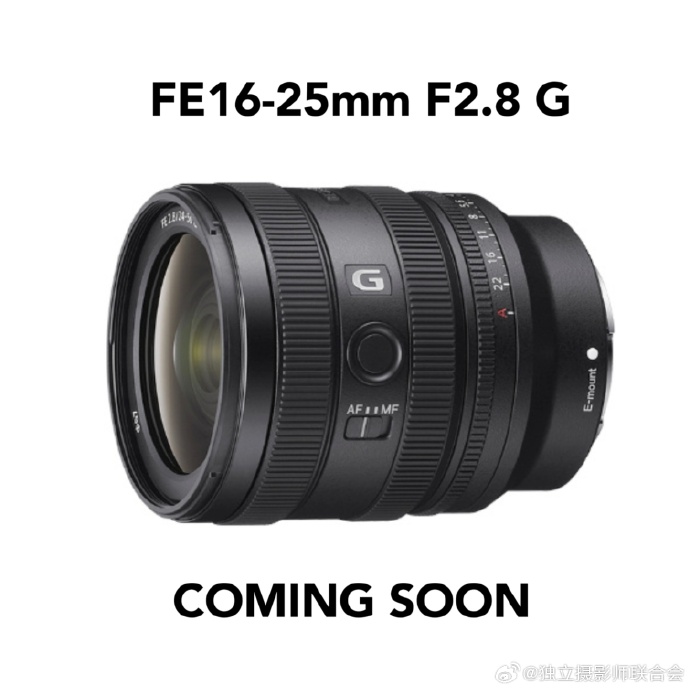- How We Picked the Best Wedding Photography Camera for You
- Features of a Good Wedding Photography Camera
- Why Fullframe Cameras are Better for a Wedding Photographer?
- Canon EOS R5 – The Best Camera for Wedding Photography 2023
- Best Budget Lenses for Canon R5 2023
- Best Wedding Fullframe Camera Under 2 Lakh | $2500 USD 2023
- Best Wedding Photography lenses for Sony A7 IV Camera 2023
- Canon R6 Mark II – Best Alternative to Sony A7 IV Camera 2023
- Best Camera Brands for Wedding Photography 2023?
SELECTING THE BEST WEDDING PHOTOGRAPHY CAMERA, that first your budget and requirements isn’t that easy. It requires a keen eye for fast autofocus, exceptional low-light performance, and a hushed shooting mode that won’t disturb the event’s ambiance. While full-frame cameras are the top pick for most seasoned wedding photographers, they may not be financially viable for beginners. That’s why we’ve also included some excellent crop sensor cameras for those just starting out. And makes this guide that it also includes a LENS guide along with the camera that helps you to decide the overall budget.
Capturing someone’s Wedding isn’t an easy task for anyone. It’s a high-pressure, action-packed event where anything can go awry, and you need to bring your A-game. There are countless fleeting moments throughout the day that won’t happen again, so nailing the shot on the first try is crucial. Specifically in an Indian wedding, we do have many traditional rituals too,
Having the right camera with the right lens will make all the difference. If you’re purchasing new gear, be sure to familiarize yourself with all the settings, shortcuts, buttons, and dials before the big day, so you don’t miss any crucial shots.
How We Picked the Best Wedding Photography Camera for You
As the editor of thenewcamera.com, with years of experience in using several cameras for various publications, I understand the challenges and demands of capturing perfect moments on a couple’s big day. With my extensive knowledge and firsthand experience, I carefully handpicked the best cameras for wedding photography.
The cameras that made it to my list not only ticked all the necessary boxes for wedding photography, but they have also earned a place in my own camera bag as a trusted tool for capturing unforgettable wedding memories.
Features of a Good Wedding Photography Camera
Fast Autofocus: The top priority when choosing a camera. Indian weddings are fast-paced and capturing candid moments requires quick autofocus. Missing a shot due to slow autofocus can be frustrating.
Excellent High ISO Performance: Night weddings are common in India, and shooting at high ISOs is necessary. Look for a camera that produces clean images with minimal noise even at high ISOs for quality low-light performance.
Lightweight Design: As a wedding photographer, long hours of shooting can take a toll on your neck and back. Opt for a lighter camera system, such as a full-frame mirrorless camera, to reduce fatigue during extended shoots.
Fast Lenses: Choose a camera system that offers fast lenses with wide apertures (e.g. F1.2, 1.4, 2.0) for shooting at low ISOs in low-light conditions. Ensure that the camera’s compatible lenses meet your needs as a wedding photographer.
Variety of Lenses: Check the availability of lenses for your chosen camera system, especially if opting for a mirrorless camera. Ensure that a wide range of lenses, including wide-angle, photojournalistic, and telephoto lenses, are available to meet the diverse demands of wedding photography.
Full-frame System: Consider investing in a full-frame camera system for optimal performance. Avoid cropped cameras or lenses, and consider transitioning to a mirrorless system, which is the future of photography, to make a wise and future-proof investment.
Why Fullframe Cameras are Better for a Wedding Photographer?
Full-frame cameras are often preferred by professional wedding photographers because they offer superior image quality, better control over depth of field, wider field of view, improved performance in low-light situations, and professional features like dual card slots and weather-sealing. Full-frame cameras also provide more lens options and compatibility. While APS-C cameras can still be used for weddings, full-frame cameras are generally favored by professionals for their advanced capabilities in capturing stunning wedding photos.
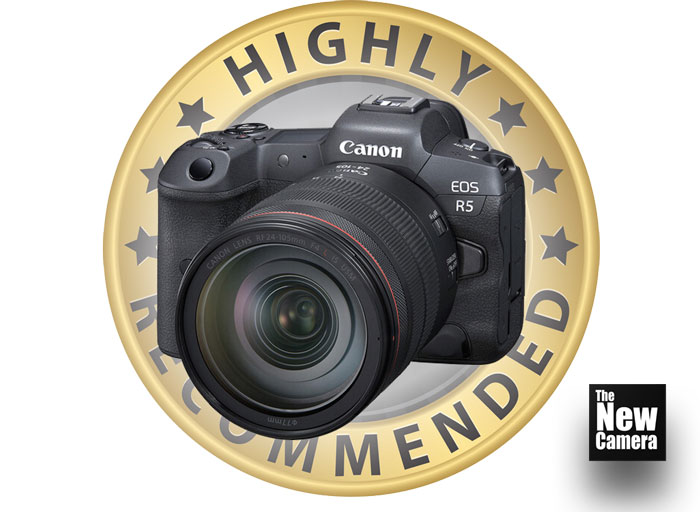
Canon EOS R5 – The Best Camera for Wedding Photography 2023
PRO
Features That Impressed Us
- 45MP full-frame CMOS image sensor
- Bright 5760k dot electronic viewfinder with 0.76x magnification
- 12 fps mechanical and 20 fps electronic shutter
- Raw 12-Bit DCI 8K at 30p
- Weather-sealed body
- 5-axis image stabilisation
CONS
No we don’t like these things
- Body is large and heavy at 738g
- Poor battery life (~320 shots)
- Overheating during 8K video recording
- Mixed memory card slots (CF + SD)
Canon EOS R5 is hands-down one of the best cameras for wedding photography. I’m talking jaw-dropping image quality that will make your shots look like they’re straight out of a fairy tale!
With its 45MP sensor, the Canon EOS R5 captures every detail with stunning clarity, even in low light situations you will be impressed with the Canon R5 output. The Camera preserves those precious moments with breathtaking image quality that will make the couple go “wow” when they see their wedding photos. So, having a higher resolution camera always helps to extract the maximum details from the scene.
And let’s talk autofocus, my friend. This Canon R5 eye-tracking performance helps a lot while shooting candid in the wedding. With over 5,000 DPAF autofocus points, it’s like having an army of the focus points that work tirelessly to keep your shots sharp and in focus, without missing out even a single frame in focus. No more blurry shots or missed moments during those fast-paced wedding events!
But here’s where it gets really exciting – the burst mode on the Canon EOS R5 is next level. It can fire off up to 20 frames per second at full resolution, and you can capture up to 180 raw images in one go. That means you can nail those candid shots, those fleeting expressions, and those once-in-a-lifetime moments without missing a beat.
And trust me, this camera is built to handle the demands of wedding photography. It’s tough, reliable, and can keep up with your creative vision. Plus, with a wide range of RF-mount lenses available, you’ll have all the creative flexibility you need to capture unique and stunning shots that will make your wedding portfolio shine.
The Canon R5 is a powerhouse for still photography with its 45-megapixel full-frame CMOS image sensor. It can capture 146 full-resolution RAW images at 20 fps with a CFexpress card. For videographers, it offers up to Raw 12-Bit DCI 8K at 30p and 4K video with no crop, although overheating can be an issue during prolonged 8K recording. The weather-sealed body is packed with features and delivers exceptional image quality, but it comes with a higher price tag. Overall, the Canon R5 is a top choice for wedding photographers who value high-resolution stills and impressive performance.
Best Wedding Photography Lenses for Canon R5 2023
BEST COVERAGE LENS
CANON RF 24-70 F2.8 L
- flawless optics
- Impressive flare resistance
- Fast, silent, and accurate autofocus
- Excellent build quality including weather sealing
BEST CANDID & EVENT LENS
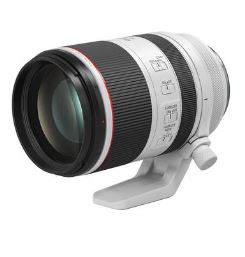
CANON RF 70-200MM F2.8L
- Exceptional image quality
- Superb build quality, including dust- and water-sealing
- Highly effective image stabilization
- Excellent autofocus and manual override
BEST FOR POTRAITS
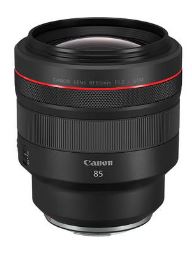
CANON RF 85MM F1.2L LENS
- Exquisite sharpness at f/1.2 right across the frame
- Beautiful defocused areas
- Essentially distortion free
- Virtually no color fringing or chromatic aberrations
I can confidently say that the Canon RF 24-70mm lens is a true workhorse. It’s highly reliable performance and amazing IQ makes it my go-to lens for capturing a wide range of scenes (although its slightly heavy on the pocket), from wide-angle shots of the venue to close-up portraits of the couple. The fast aperture allows me to create stunning bokeh and beautifully blurred backgrounds, adding an artistic touch to my images.
For candid moments that unfold spontaneously, the Canon RF 70-200mm F2.8 L Lens is a game-changer. Its long focal length enables me to capture candid shots from a distance without intruding on the natural flow of the event. The fast aperture ensures that I can freeze fast-moving action and achieve creamy bokeh, making my candid shots truly stand out.
When I’m looking for a more versatile option that offers a balance between focal range and affordability, the Canon RF 24-105mm F4 L lens is a reliable choice. Its L-series optics deliver excellent image quality, and the focal range allows me to capture a variety of scenes throughout the wedding day, from getting ready moments to ceremony and reception shots.
Lastly, for capturing stunning portraits and pre-wedding shots, the Canon 85mm F2 Macro IS STM Lens is my go-to choice. The wide aperture and macro capability allow me to create dreamy portraits with beautiful background separation, and the close-up details captured with its macro capability add an extra layer of intimacy to my images.
Best Budget Lenses for Canon R5 2023
BEST BUDGET COVERAGE LENS
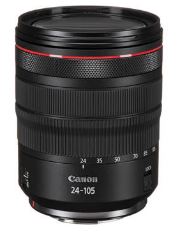
Canon 24-105mm F4 L IS
- General admission and member discounts for one adult
- One free ticket per special exhibition
- Two single-use guest passes per year
- Long zoom range.
- Fixed maximum aperture.
- Solid L-series build.
- Excellent sharpness at wider angles.
- Optical stabilization.
- Well controlled distortion and noticeable vignette at wide angles.
BEST BUDGET PORTRAIT LENS
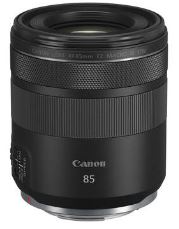
CANON 85MM F2 IS USM LENS
- Excellent image quality
- Good corner and edge sharpness
- Entirely free of chromatic aberration
Best Wedding Fullframe Camera Under 2 Lakh | $2500 USD 2023
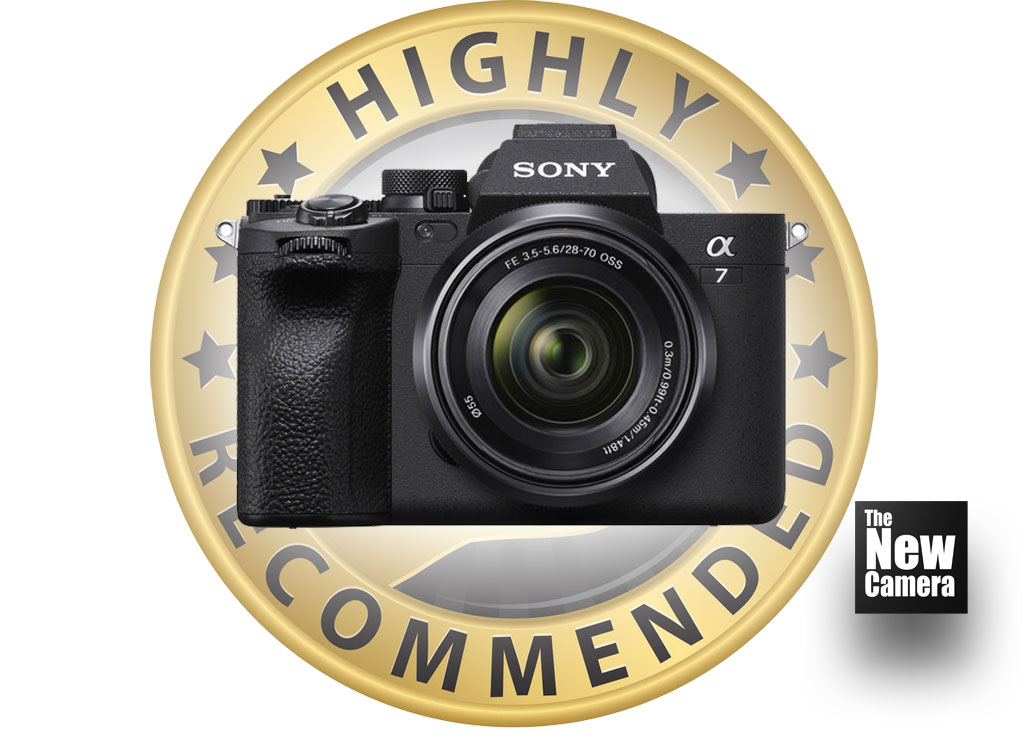
PRO
Features That Impressed Us
- Excellent image quality
- 4K 60p 4:2:2 video
- Super-responsive AF
- Extensive external controls
- OPEN lens mount
CONS
No we don’t like these things
- Relatively slow shooting speeds
- Needs a fast card(s)
- High price
I can confidently say that the Sony A7 IV camera is a game-changer for wedding photographers. Its image quality is truly coming straight out from the Sony’s 33MP BSI CMOS sensor and is stunning, capturing every detail and emotion with remarkable clarity. The autofocus performance is nothing short of impressive, allowing for lightning-fast and pinpoint accurate focusing, even in fast-paced moments. Whether you are using a Native or third-party lens the AF works flawlessly.
The In-body image stabilization (IBIS) is a game-changer for handheld shooting, eliminating camera shakes and ensuring sharp and blur-free images, the IBIS works in DUO mode if ur lens also features OIS. The high-speed continuous shooting mode is a lifesaver for capturing those fleeting moments, allowing for up to 10 frames per second. The A7 IV’s lens versatility is a huge advantage, with its open lens mount providing access to a wide range of native Sony lenses and third-party options, giving you endless creative possibilities.
The built-in Wi-Fi and Bluetooth connectivity are convenient for quick image sharing and wireless remote control, making on-the-go shooting a breeze. The dual SD card slots provide peace of mind with secure image storage and backup options. However, one downside is the battery life, which could be improved for long wedding shoots.
In conclusion, the Sony A7 IV is a must-have for wedding photographers who demand the best. Its image quality, autofocus performance, lens versatility, and convenient features make it a reliable and creative tool for capturing the magic of weddings. Say goodbye to missed shots and hello to stunningly beautiful images that will truly wow your clients. The Sony A7 IV is a worthy investment that will elevate your wedding photography to new heights.
Best Wedding Photography lenses for Sony A7 IV Camera 2023
BEST COVERAGE LENS
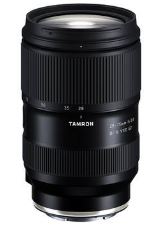
TAMRON 28-75MM F2.8
- Excellent build quality including weather sealing
- Weather sealing
- Sharp optics Fast focusing in pretty much any situation
- Nice bokeh
- Small and lightweight
BEST FOR EVENTS
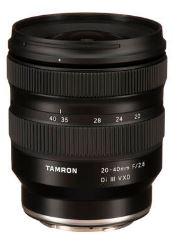
TAMRON 20-40MM F2.8 VXD
- Good quality of construction including robust weather sealing
- VXD autofocus is quick, quiet, and accurate
- Fantastic coma performance
- Distortion and vignette is moderate
- CA well controlled
BEST FOR CANDID
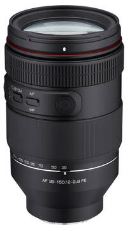
SAMYANG 35-150 F2/F2.8
- Wide aperture for defocused backgrounds
- Covers an underserved focal range
- Weather sealing and anti-smudge fluorine glass
- Well-controlled Distortion and vignette at wider end
If you’re a wedding photographer, who already own the SOny A7 IV camera of planning to own A74, the best allrounder for an all-in-one lens that provides a versatile focal length range for wedding photography, is the Tamron 28-75mm f/2.8 lens. It is an excellent choice for those who want to have a cinematic output like pros. The Lens covers a wide range of focal lengths, making it suitable for capturing different scenes and moments throughout the wedding day. The fast f/2.8 aperture also ensures excellent low-light performance and the ability to create beautiful bokeh for artistic shots.
If you have more budget (which means u can stretch ur budget now or in the future) and are looking for more versatility in focal length coverage while maintaining the quality output, the combination of the Tamron 20-40mm f/2.8 and Samyang 35-150mm f/2-f/2.8 lenses will be a great option. Tamron 20-40mm f/2.8 lens is a fantastic wide-angle option that allows you to capture breathtaking shots of the wedding venue, group shots, and outdoor scenes with its wider reach. A perfect pal for gimbals too. The fast aperture of f/2.8 ensures excellent low-light performance and creative control over depth of field resulting in stunning compositions.
Now the next third most versatile lens is Samyang 35-150mm f/2-f/2.8 lens is an excellent choice for candid lovers. Its versatile focal length range of 35-150mm allows you to capture a wide variety of scenes, from candid moments during the ceremony to emotional exchanges between the couple, without disturbing the mood of the shot you can preserve it in your camera. The fast aperture range of f/2 to f/2.8 gives you creative control over depth of field, allowing you to isolate your subjects and create stunning portraits resulting in cinematic portraits with creamy bokeh.
Having both the Tamron 20-40mm f/2.8 and Samyang 35-150mm f/2-f/2.8 lenses in your lens kit can provide you with maximum versatility and creative flexibility in capturing the unique moments and emotions of each wedding. It allows you to switch between different focal lengths quickly and easily, giving you the ability to capture various aspects of the wedding day with precision and creativity. SO, I highly recommend you if u have budget go wit these two lenses otherwise the Tamron 28-75mm F2.8 is best for you.
Canon R6 Mark II – Best Alternative to Sony A7 IV Camera 2023
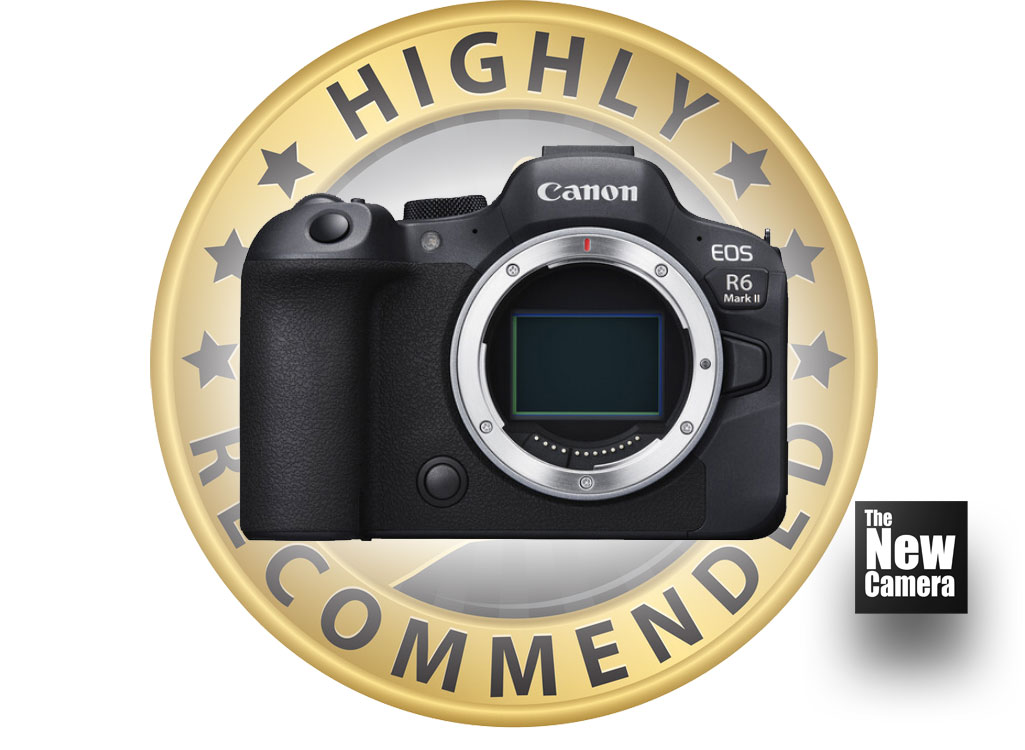
When it comes to choosing the right camera for wedding photography, the Canon EOS R6 Mark II is a top contender due to its impressive features. However, there is one factor that might make it a second choice compared to the Sony A7 IV, and that is the locked lens mount of the Canon EOS R6 Mark II.
The Canon EOS R6 Mark II has a locked lens mount, which means it is only compatible with Canon’s RF lens lineup. While Canon’s RF lenses are known for their optical quality, autofocus performance, and innovative features, the limited lens options may not be ideal for all wedding photographers. Wedding photographers often require a diverse range of lenses to capture various scenes and styles, and an open lens mount can provide them with more options and affordability.
With an open lens mount like that of the Sony A7 IV, wedding photographers have the flexibility to use lenses from different manufacturers, including third-party lenses, which may offer different focal lengths, apertures, and price points. This allows for more versatility in capturing different perspectives, styles, and creative effects, without being limited to a single brand’s lens ecosystem.
Furthermore, an open lens mount also provides the opportunity for wedding photographers to adapt their existing lenses from other systems, such as Canon’s EF lenses, Nikon’s F-mount lenses, or even vintage lenses, using appropriate lens adapters. This can be a significant advantage for wedding photographers who already own a collection of lenses from different brands or who are looking for more affordable options without compromising on image quality.
In addition, an open lens mount can also foster competition among lens manufacturers, leading to a wider selection of lenses at different price points, which can benefit wedding photographers in terms of affordability and choice.
While the Canon EOS R6 Mark II offers impressive features like sensor resolution, continuous shooting speed, autofocus system, in-body image stabilization, and dual card slots, the locked lens mount may be a limitation for wedding photographers who require more lens options and affordability.
Sony A7 IV vs Canon R6 mark II – Major Difference between the two camera
- Sensor Resolution: Canon EOS R6 Mark II has a sensor resolution of 24.2 megapixels, while Sony A7 IV boasts a higher resolution of 33.6 megapixels. However, the difference in resolution may not be noticeable in real-world wedding photography, and the lower resolution of Canon EOS R6 Mark II actually offers better low-light performance.
- Continuous Shooting Speed: Canon EOS R6 Mark II has a continuous shooting speed of 12 fps (regular shutter) and 40 fps (electronic shutter), while Sony A7 IV offers 10 fps (regular shutter) and 20 fps (electronic shutter). Canon EOS R6 Mark II has a faster shooting speed, which is advantageous for capturing fast-paced moments during weddings.
- Autofocus System: Both cameras have advanced autofocus systems, but Canon EOS R6 Mark II uses Canon’s Dual Pixel CMOS AF II technology with subject recognition, which is known for its accuracy and versatility. Sony A7 IV also has a reliable autofocus system, but Canon’s Dual Pixel CMOS AF II is often praised for its performance in various shooting conditions, including weddings.
- In-Body Image Stabilization (IBIS): Canon EOS R6 Mark II offers up to 8 stops of shake correction with its IBIS, while Sony A7 IV provides up to 5.5 stops of stabilization. Canon EOS R6 Mark II has a significant advantage in terms of IBIS, which can be beneficial for handheld shooting in low-light situations often encountered in weddings.
- Lens Mount: Canon EOS R6 Mark II has a locked lens mount and is compatible only with Canon’s RF lenses, though it can also use EF lenses via an adapter. On the other hand, Sony A7 IV has an open lens mount, which allows for more lens options from various manufacturers, including third-party lenses that may be more affordable. This gives Sony A7 IV an advantage in terms of lens versatility and affordability
Verdict – Sony A7 IV vs Canon R6 Mark II – Best Camera for You
If you have a budget and have already invested in Canon RF lenses, then the Canon EOS R6 Mark II is undoubtedly the more advanced camera for wedding photography. With its fast continuous shooting speed, advanced autofocus system, powerful in-body image stabilization, and dual card slots, the Canon EOS R6 Mark II offers reliable and high-performance features that are well-suited for capturing stunning images during weddings.
However, if you are looking for high-quality lenses at an affordable price point and value the versatility of an open lens mount, then the Sony A7 IV with its E-mount may be a better option. The open lens mount of Sony A7 IV allows for more lens options from various manufacturers, including third-party lenses that may offer cost-effective alternatives. This can be especially advantageous for wedding photographers who want to build a lens collection on a budget or prefer to experiment with different lens options.
if you have already invested in Canon RF lenses and prioritize advanced features, the Canon EOS R6 Mark II is the superior choice. However, if you value affordability and lens versatility, the Sony A7 IV with its open lens mount may be a more suitable option, especially if you’re looking to build a lens collection without breaking the bank.
IF BUDGET ISN’T AN ISSUE FOR YOU
BEST COVERAGE LENS
CANON RF 24-70 F2.8 L
- flawless optics
- Impressive flare resistance
- Fast, silent, and accurate autofocus
- Excellent build quality including weather sealing
BEST CANDID & EVENT LENS

CANON RF 70-200MM F2.8L
- Exceptional image quality
- Superb build quality, including dust- and water-sealing
- Highly effective image stabilization
- Excellent autofocus and manual override
BEST FOR POTRAITS

CANON RF 85MM F1.2L LENS
- Exquisite sharpness at f/1.2 right across the frame
- Beautiful defocused areas
- Essentially distortion free
- Virtually no color fringing or chromatic aberrations
IF YOU ARE LOOKING FOR BUDGET LENSES
BEST BUDGET COVERAGE LENS

Canon 24-105mm F4 L IS
- General admission and member discounts for one adult
- One free ticket per special exhibition
- Two single-use guest passes per year
- Long zoom range.
- Fixed maximum aperture.
- Solid L-series build.
- Excellent sharpness at wider angles.
- Optical stabilization.
- Well controlled distortion and noticeable vignette at wide angles.
BEST BUDGET PORTRAIT LENS

CANON 85MM F2 IS USM LENS
- Excellent image quality
- Good corner and edge sharpness
- Entirely free of chromatic aberration
Best Camera Brands for Wedding Photography 2023?
First up, we have Sony. Their mirrorless cameras are like autofocus maestros, always nailing those razor-sharp shots with their cutting-edge eye-tracking technology, even in dimly lit venues. Plus, their full-frame cameras, like the A7 III and A7R IV, offer that extra level of detail and lightning-fast performance that can truly bring those emotional moments to life. At the same time we have a range of budget cameras starting from ZV-E10 for Video and A6400 for still photographers/ The Most important pat is the Lens mount of the Sony -E Mount is OPEN and we have a range of lenses to select from.
Then, we have Canon. Their EOS R series of mirrorless cameras are known for their versatility, but the lens mount is locked (almost yes few are getting permission, but it will take time), so you have to be very careful while selecting your lenses. allowing you to capture all those unique angles and perspectives that make each wedding special. Canon cameras are also renowned for their reliability and exceptional image quality, ensuring that you can confidently document every precious moment.
Next on the list is Nikon. Their Z series of mirrorless cameras are built like tanks and boast some serious autofocus prowess in new cameras. Coupled with a wide range of lenses (yep the lens mount is now open) and accessories, Nikon cameras provide you with the flexibility to customize your gear to match your unique shooting style. And the weather sealing? Perfect for capturing weddings in any kind of weather, come rain or shine!. You can start your journey with Nikon Z50 paired up with 33mm F1.4 Viltrox prime lens. And if you budget allow you get the most popular full-frame Mirrorless camera of all time the Nikon Z6 Mark II.
Now, let’s talk about Fujifilm. Their X series of mirrorless cameras exude a charming retro vibe with their timeless design, yet pack a powerful punch in terms of image quality. The film simulation modes offer a distinctive, classic look to your photos, and the tactile controls and lightweight build make shooting on the go a breeze. Starting from X-S10 to X-H2, we have an range of cameras to select from and open mount lenses.
Last but not least, we have Panasonic. Their Lumix S series of mirrorless cameras are all about capturing that perfect shot, whether it’s a breathtaking photo or a captivating video. With advanced PDAF autofocus in Panasonic S5 Mark II camera, image stabilization, and video capabilities, Panasonic cameras allow you to effortlessly capture the fleeting emotions and cherished memories of weddings. And the rugged build quality ensures that these cameras can endure the rigors of wedding shoots without missing a beat.
